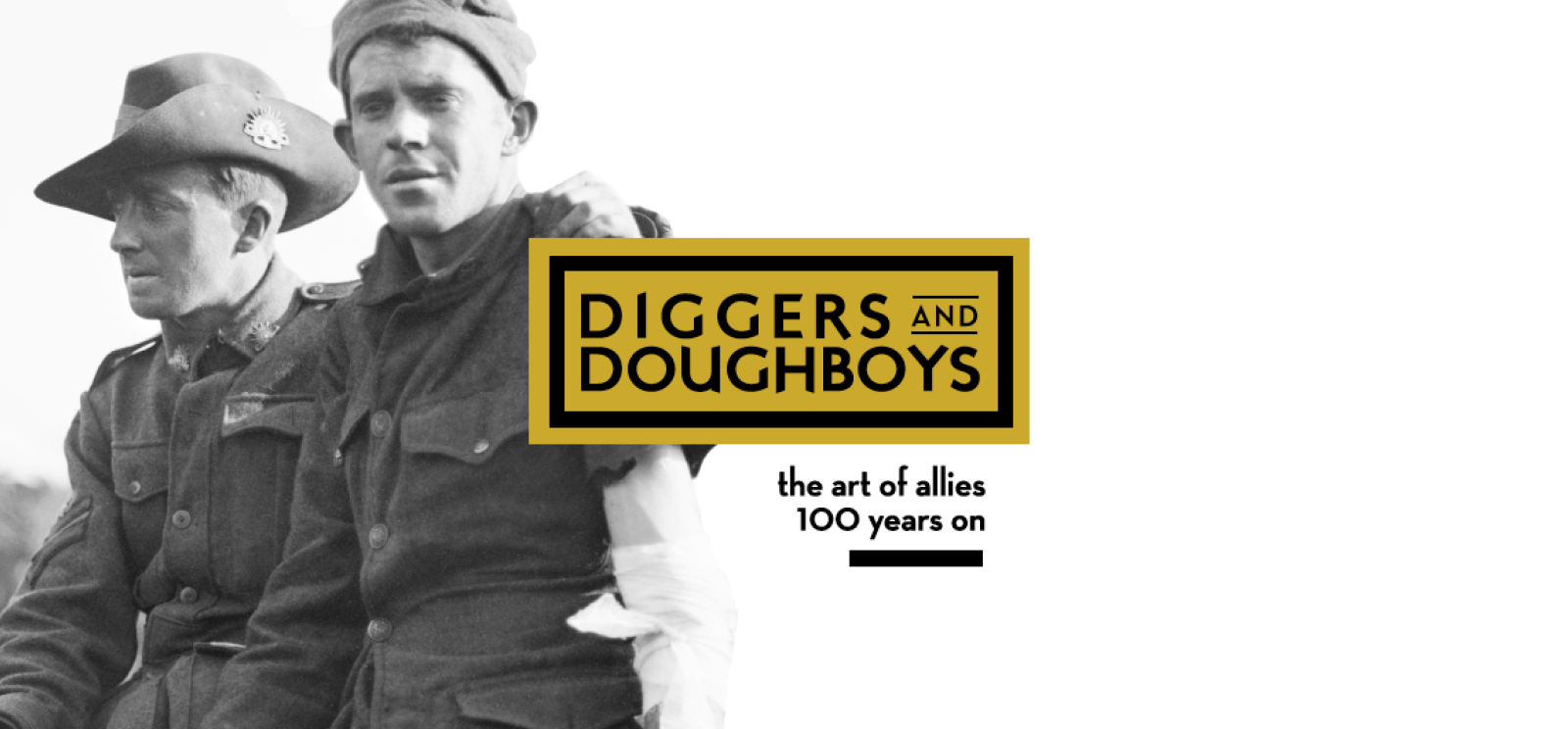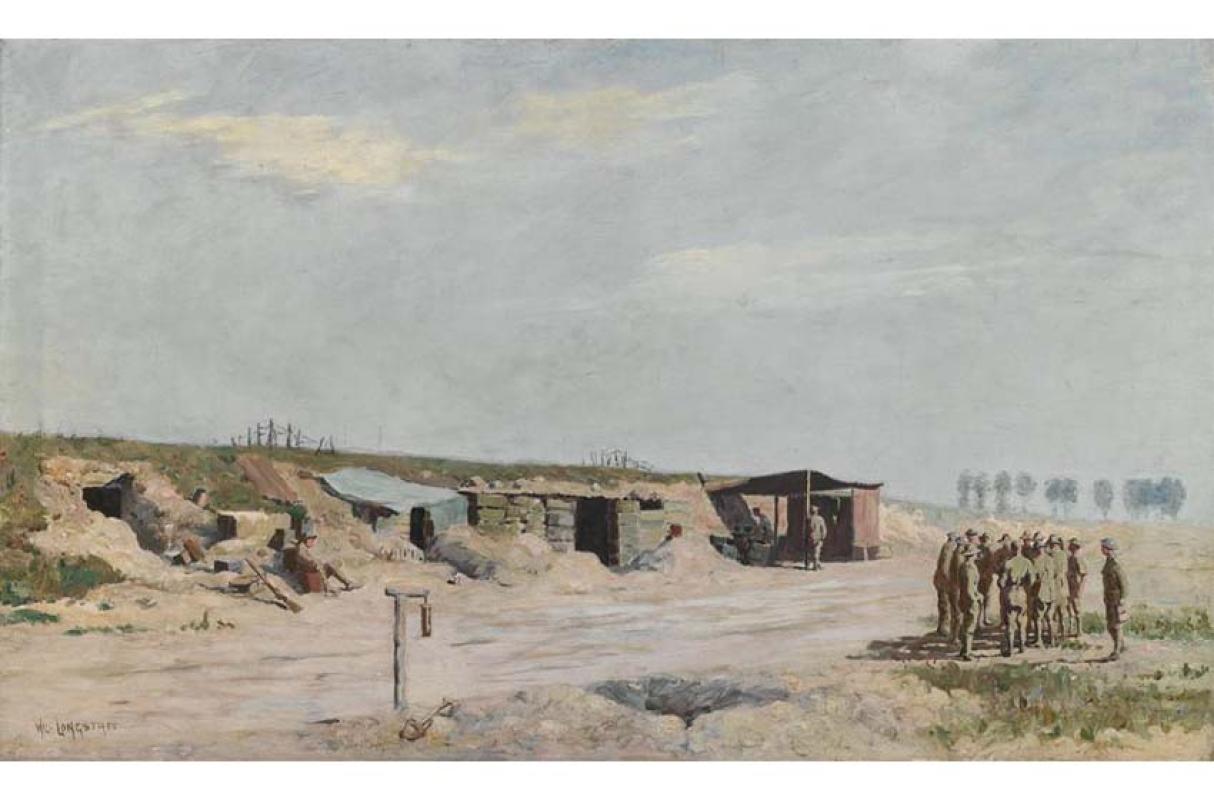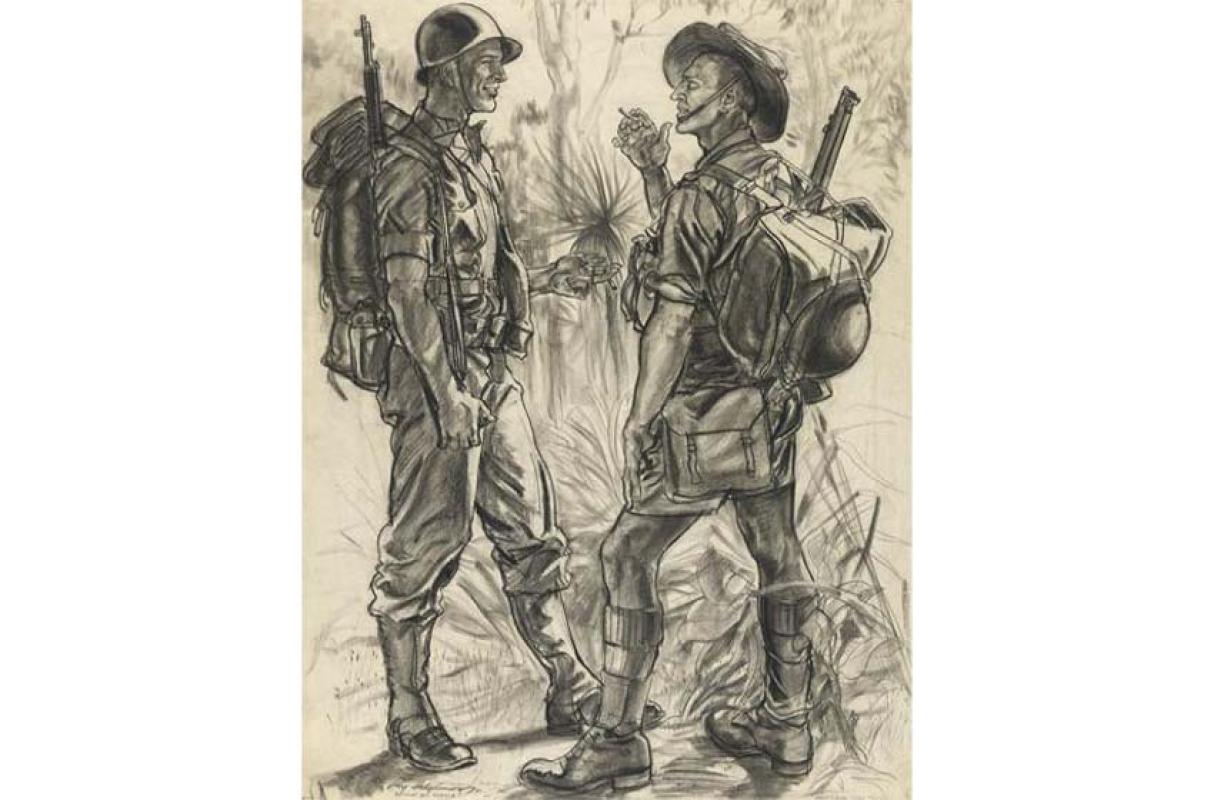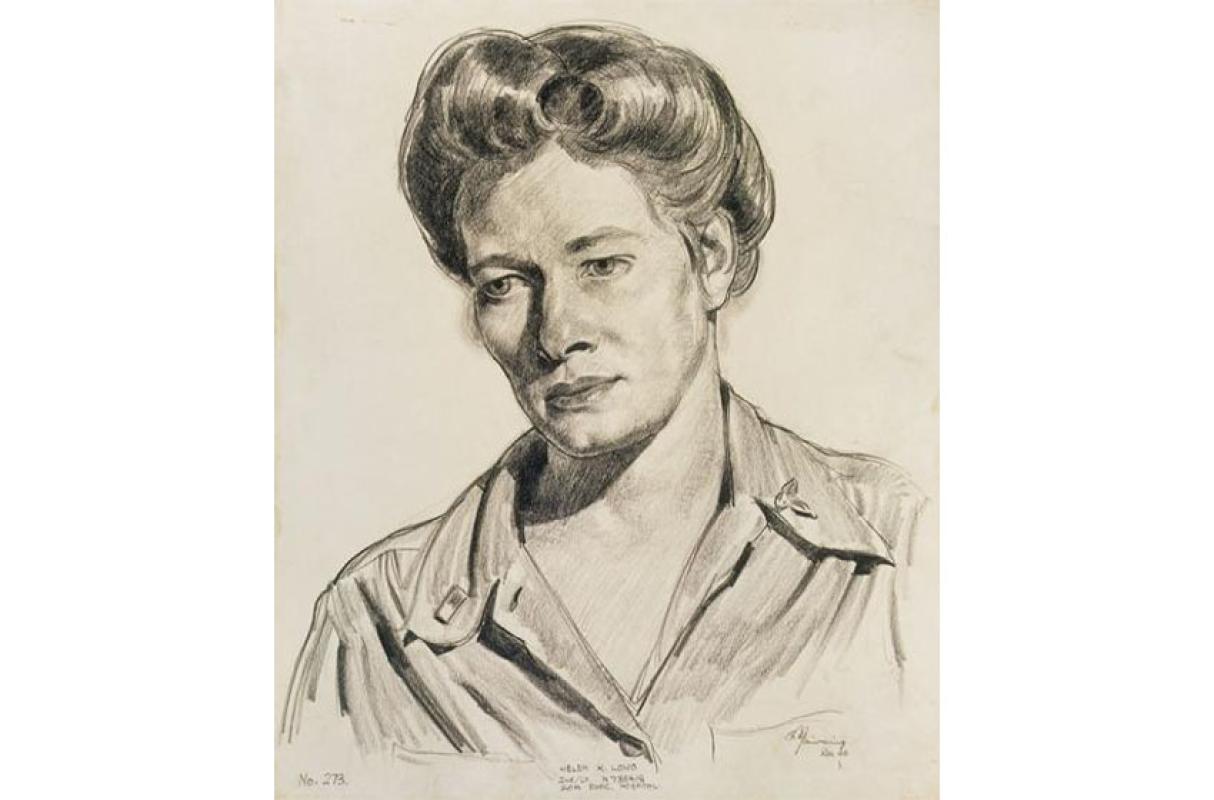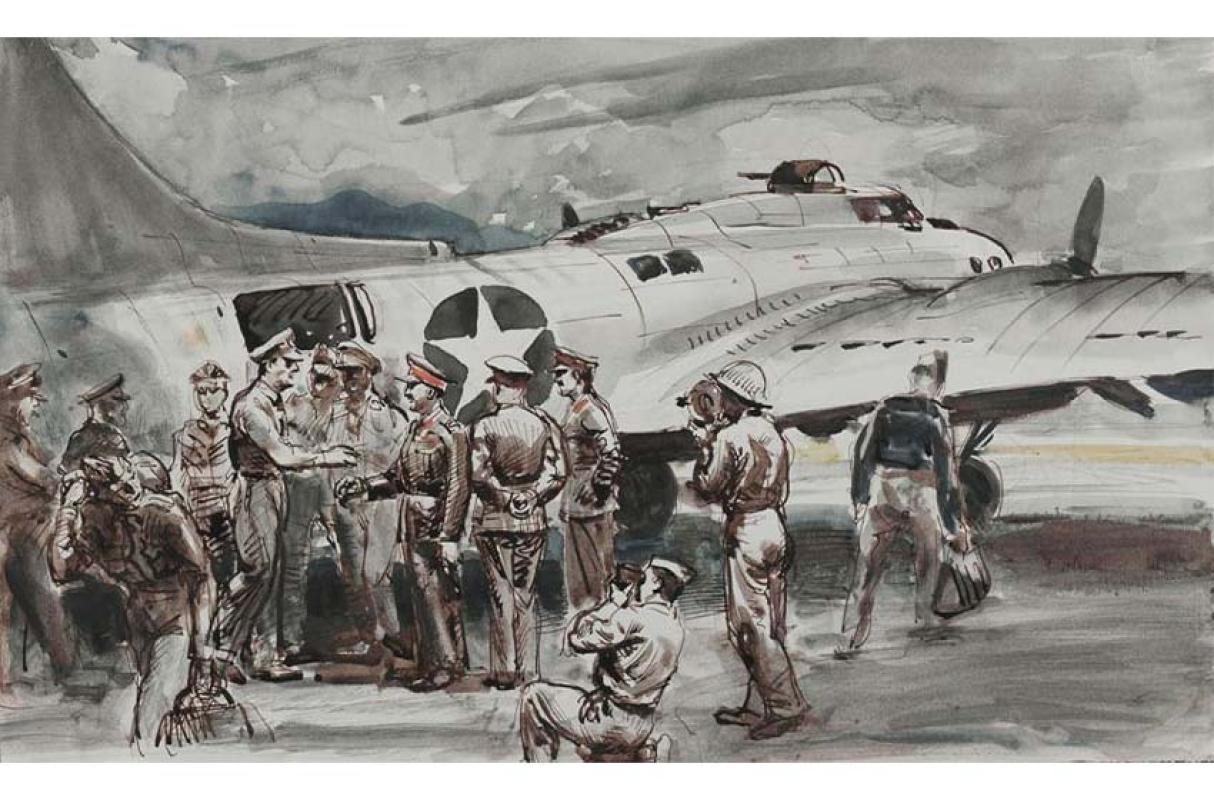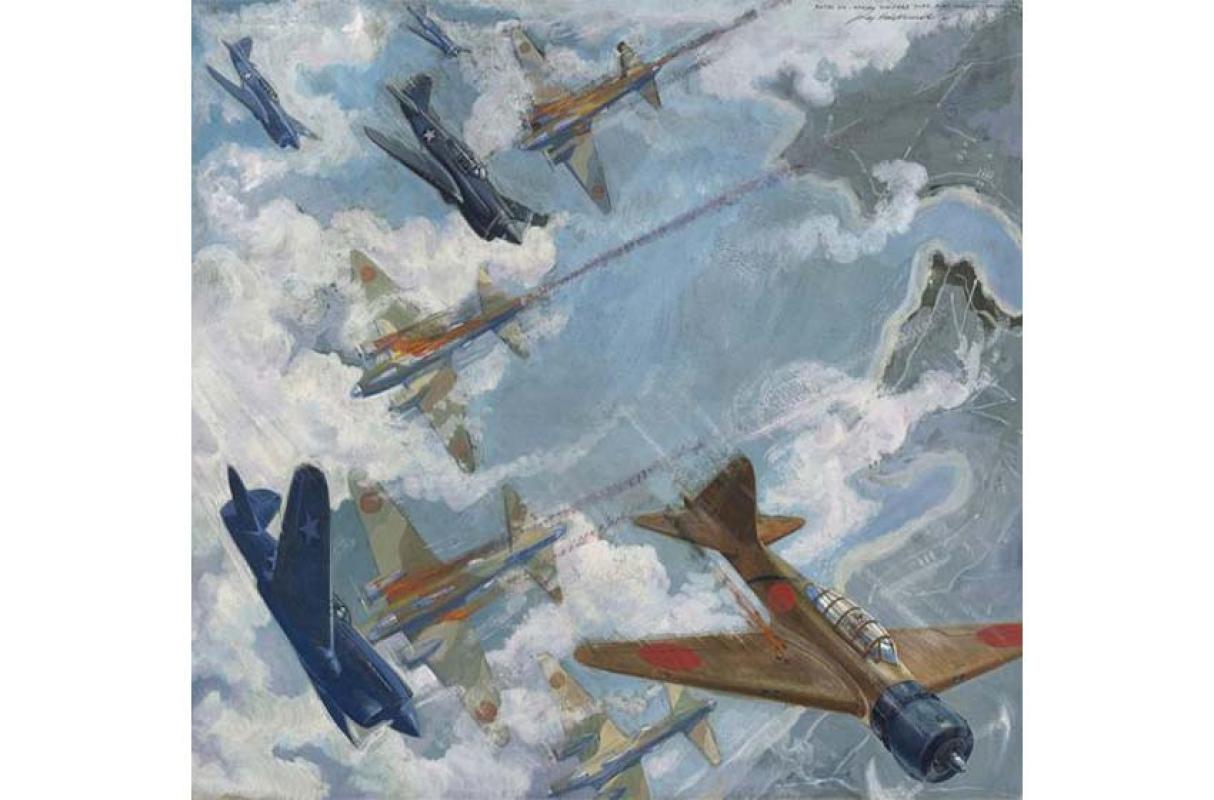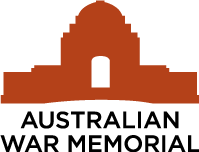Doughboys: Laurence Stallings, Doughboy turned historian, wrote in 1963 that there can be little dispute as to the derivation of the name. “In Texas, U.S. infantry along the Rio Grande were powdered white with the dust of the adobe soil and hence were called adobes by the mounted troops. It was a short step to dobies then by metathesis the word was doughboy.” The term Doughboy seems to have been applied to all infantrymen, even the unit segregated African American troops.
Diggers: The word Digger has been around since the early days of the gold rush in Australia and anecdotally there is evidence that some Colonial Australians were given the nickname Digger because of their mining endeavors. Private Tudor Roberts wrote in September 1917 from France that: “the name Digger came from the (British) Tommies who think we Australians are all miners or cowboys.” Charles Bean, the Australian Official War Historian writing of the mid 1917 period, said: “It was at this stage that Australian soldiers came to be known, together with the New Zealanders, as the Diggers…the term had been occasionally heard before.”
